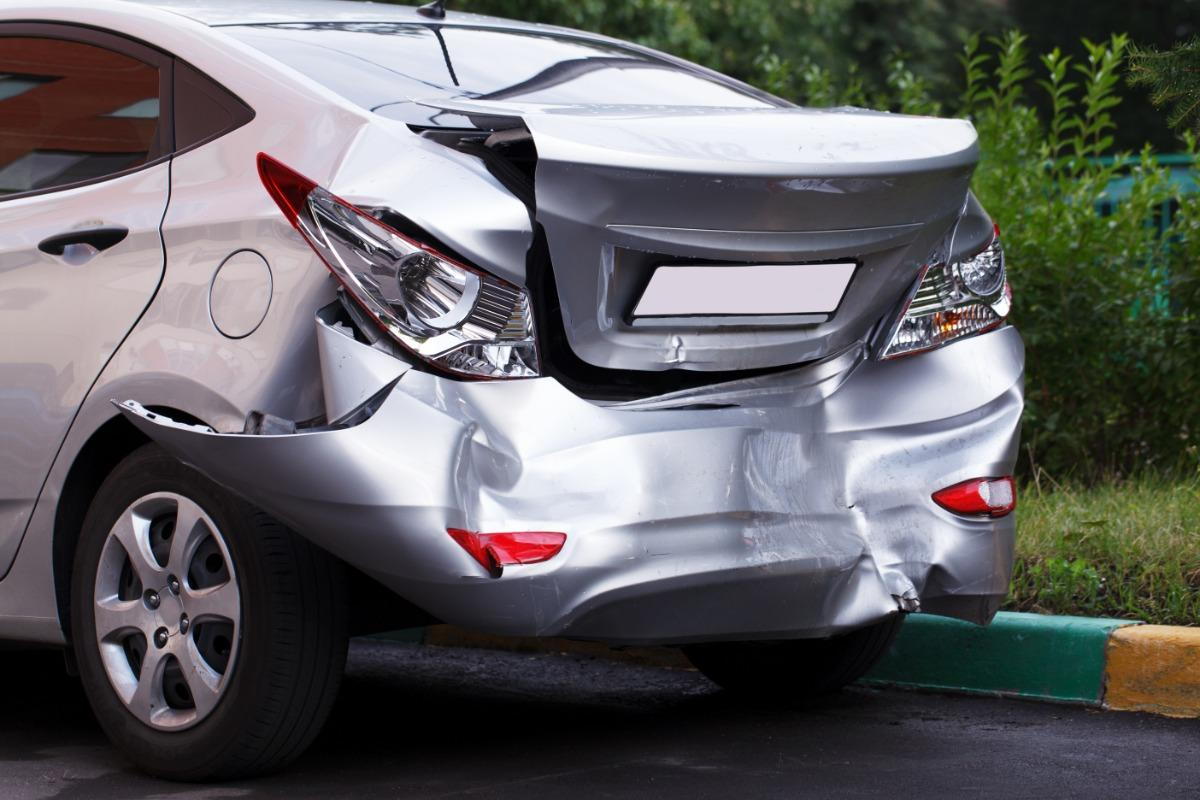
Risk Factors for Long Term Whiplash
When you’re involved in an auto accident, there are several risk factors to consider as it relates to the amount of damage that your body took on during the collision. One interesting metric that insurance companies use to determine how your insurance claim should be calculated is the amount of damage your vehicle took on during the crash also.
When you’re involved in a car accident, your body may suffer severe damage as a result of the impact. The damage that your body incurs as a result of the impact your vehicle experiences can be long-lasting, which is why it’s essential to identify exactly how much damage you have taken on by getting a professional exam.
One common mistake that insurance companies make is assessing your vehicle’s damage and then making a judgment about the perceived amount of damage that you incurred based upon it. This is dangerous because insurance companies base their final assessment of your vehicle’s damage on a limited damage report.
Understanding The Risk Of Your Auto Accident
Remember, when you’re involved in a vehicle accident that doesn’t result in your total vehicle being totaled, all of the collision force is transferred to your body. If you’ve experienced any neck injuries in the past, or have been involved in a car accident before, the risk of you sustaining significant injuries from another one is substantially increased.
Rear-end collisions present a higher risk of you obtaining severe injuries due to the fact that you’re the sole object receiving the brunt force of the collision impact. One very interesting thing you may want to note about wearing a seatbelt or any other type of restraints while driving your vehicle is that they can actually increase your risk of developing whiplash.
However, this shouldn’t detour you from wearing a seatbelt as it’s still a very important safety feature. Seat belts increase your odds of developing hyperflexion because they restrain you, increasing your head’s chances of being thrown forward when coming being contacted by a large collision force.
Your body mass also plays a massive role in determining how much spinal damage you will incur from being involved in a car accident. People with thin necks have a higher likelihood of becoming seriously injured from a vehicle accident.
Crash speeds and vehicle weights come with increased risk factors in relation to the amount of bodily damage you sustain from being in a vehicle accident.
Addressing Your Injuries & Moving On To Recovery
If you have a suspected bleed or fracture, you will want to seek emergency medical assistance as soon as possible. In the event that a fracture or bleed has been ruled out, you need to locate a reputable chiropractor nearest you who will be able to assist you with your recovery and rehabilitation process.
Always seek professional treatment and examination when you have been involved in a vehicle accident so that you can be certain of all the injuries you have obtained.

